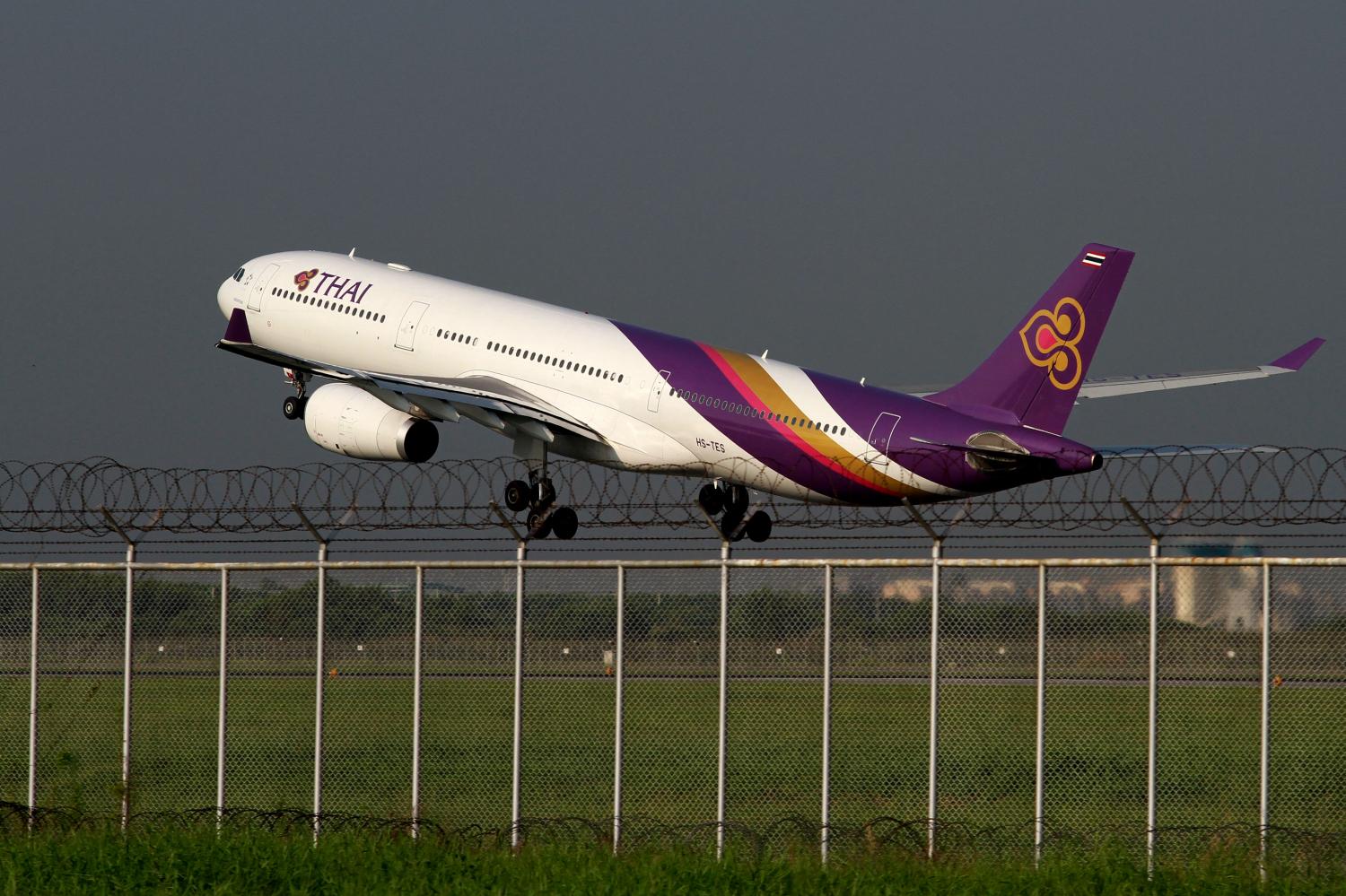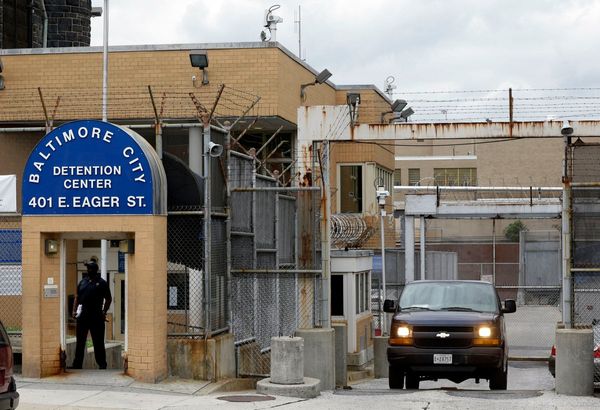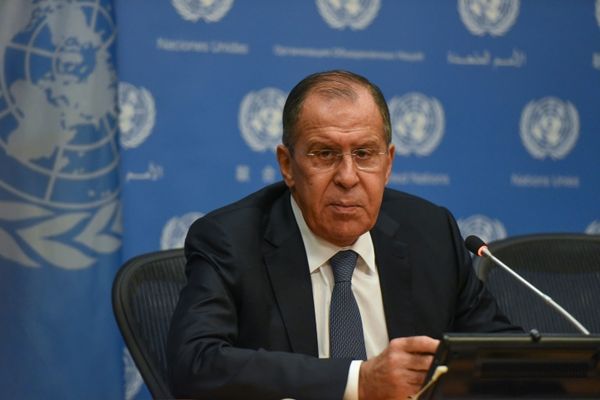
Troubled national carrier Thai Airways International (THAI) is aiming to make a comeback and reach a top 10 global ranking for airlines.
The Bangkok Post recaps the airline's descent to bankruptcy protection in 2020 and explains THAI's attempts to turn things around.
Q: What happened to THAI in 2020?
THAI filed for bankruptcy protection in May 2020 at the Central Bankruptcy Court. The anticipated move came after the formerly state-owned enterprise received cabinet approval to undergo a rehabilitation process.
The airline was mired in financial woes for a number of years. A Stock Exchange of Thailand (SET) filing revealed THAI's assets tallied 256 billion baht at the end of 2019 and its debt-to-equity ratio skyrocketed to 21:1.
The firm's financial struggle was exacerbated by the pandemic, with strict air travel regulations leading the airline to suspend flights as tourism disappeared.
THAI's earnings report in the first half of 2020 showed a major loss of 28 billion baht.
Initially the government planned to bail out THAI, but it faced severe criticism from the public. The cabinet later insisted it avoided throwing a financial lifeline to the airline because it needed the money for relief schemes to ease the impact of Covid-19 shutdowns, aiming to reinvigorate the economy.
The court-dictated rehab in 2020 reduced the Finance Ministry's majority stake in THAI and cost the airline its state enterprise status, but it saved THAI from creditors.
Q: How does the airline restructure its massive debt?
The airline received the go-ahead for its original rehabilitation plan from the Central Bankruptcy Court in mid-June 2021 to restructure its 400-billion-baht debt.
The restructuring efforts rely heavily on debt payment extensions, interest waivers and debt-to-equity conversions. Other methods of raising capital include selling off assets and downsizing its fleet and workforce, among others.
One interesting footnote is it took more than a year for the rehabilitation plan to be approved by authorities, attributed to extensive negotiations with creditors determined to emphasise the state's role in helping the struggling flag carrier secure vital loans.
The creditors managed to agree that THAI should be allowed to operate all its businesses with the same privileges it enjoyed before it ceased operations as a state-owned enterprise and entered the debt rehabilitation process. They also amended clauses relating to the company's financial management, which they deemed necessary to facilitate the repayment of outstanding obligations and procurement of fresh loans to maintain the airline's cash balances.
Q: What is the update on THAI's financial performance?
Since the rehabilitation efforts began, things have started to turn around for THAI.
The airline improved its performance in the second quarter of 2022, with revenue totalling 21.5 billion baht, up 282% from the same period last year.
The national carrier also reported a jump in revenue from passenger and cargo services of 619% to 19.8 billion baht. The rise was attributed chiefly to higher factory production and cargo volumes.
Total operating expenses, excluding one-time transactions, were 22.8 billion baht, or 126% higher than the same period last year. This increase was mostly attributed to the sharp hike in jet fuel prices, which rose by 104%, resulting in 8.9 billion baht for jet fuel expenses, or 39.2% of total operating expenses.
Profit from earnings before interest, taxes, depreciation and amortisation (Ebitda) after the deduction of aircraft leases stood at 168 million baht, a big improvement from last year's Ebitda's loss of 9.2 billion baht. It represents the first such profit after the company entered rehabilitation.
THAI and its subsidiaries reported financial costs of 3.1 billion baht and had one-time transactions with net profit totalling 1.9 billion baht, consisting of profits from debt restructuring, organisational restructuring, a personnel compensation structure, and sales of investment and assets, despite losses from asset impairment and the foreign exchange rate.
Q: Does Thailand's tourism rebound help THAI?
The steady rebound of the aviation industry, helped largely by easing travel restrictions in most countries, is driving up customer demand for THAI, which has been progressively restoring flights.
In mid-August of this year, THAI announced the airline and its subsidiaries' available seat kilometres in the second quarter of 2022 tallied a 367% increase year-on-year, while revenue passenger km were up 1,767%.
The cabin factor averaged 60.3%, a significant surge from 15.1% year-on-year. During the second quarter, the airline flew 2.01 million passengers, or 570% more year-on-year.
Before the pandemic, THAI averaged roughly 19 million passengers annually. The airline targets 9.18 million passengers next year, 11.8 million in 2024 and 12.4 million in 2025. THAI expects 4.48 million passengers for the full 2022.
Q: What does the new rehabilitation plan include?
On Sept 1, the creditors of THAI approved a new rehabilitation plan in what the airline called a major step forward on its flight back to full recovery.
The amended plan, which was submitted to the Central Bankruptcy Court in July, included a plan to borrow 12.5 billion baht over six years and another 12.5 billion in the shorter term. It also calls for debt-for-equity swaps totalling 37 billion baht, or about 25% of its more than 100 billion baht in debt.
Piyasvasti Amranand, chairman of the THAI panel overseeing the court-monitored debt plan, said on July 1 the amended version was needed after the airline reported a better than expected recovery from the financial crisis.
In the previous plan, THAI expected to face a cash deficit of 50 billion baht and planned to borrow 25 billion from state-owned lenders, with the rest from private financial institutions.
However, the airline realised it would be difficult to successfully obtain the full amount of loans required and worked to sell a number of assets and old aircraft, bringing in more than 9 billion baht.
As part of THAI's debt restructuring, the carrier is also considering potential candidates to begin its first private partnership deal. The most likely firm is the national oil and gas conglomerate PTT because it already has excess capital for a quick injection to reinvigorate the troubled airline.
THAI has been in talks with other potential partners, including some foreign companies, to serve as a strategic partner. The airline has also had discussions with shareholders about diversifying its businesses into related sectors such as logistics, catering and cargo shipping.
Mr Piyasvasti said after the rehabilitation, the government would remain the majority shareholder with a combined stake of 43%, including 33% held by the Finance Ministry, with the remaining 10% belonging to Krungthai Bank and other state-owned shareholders.







